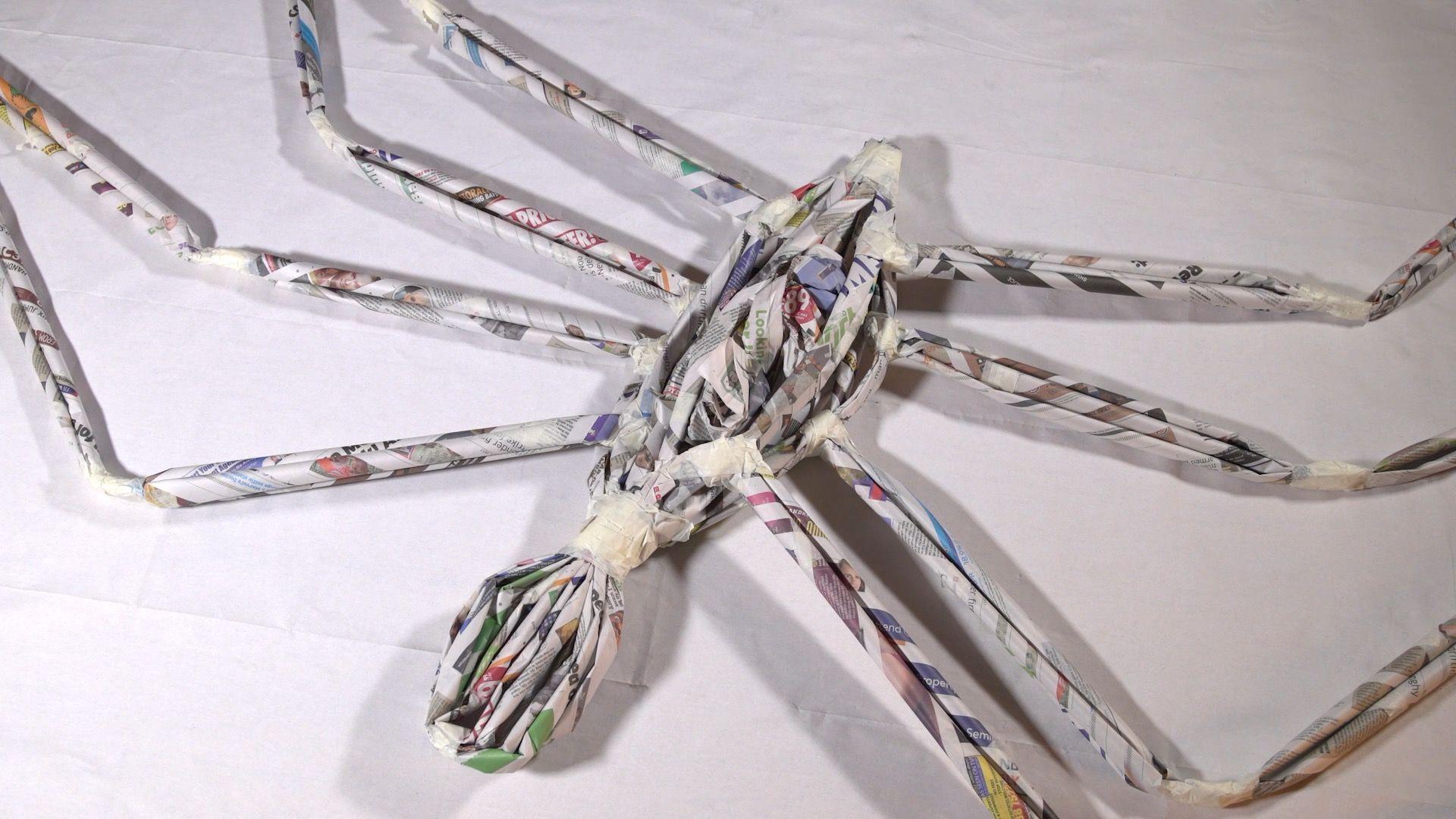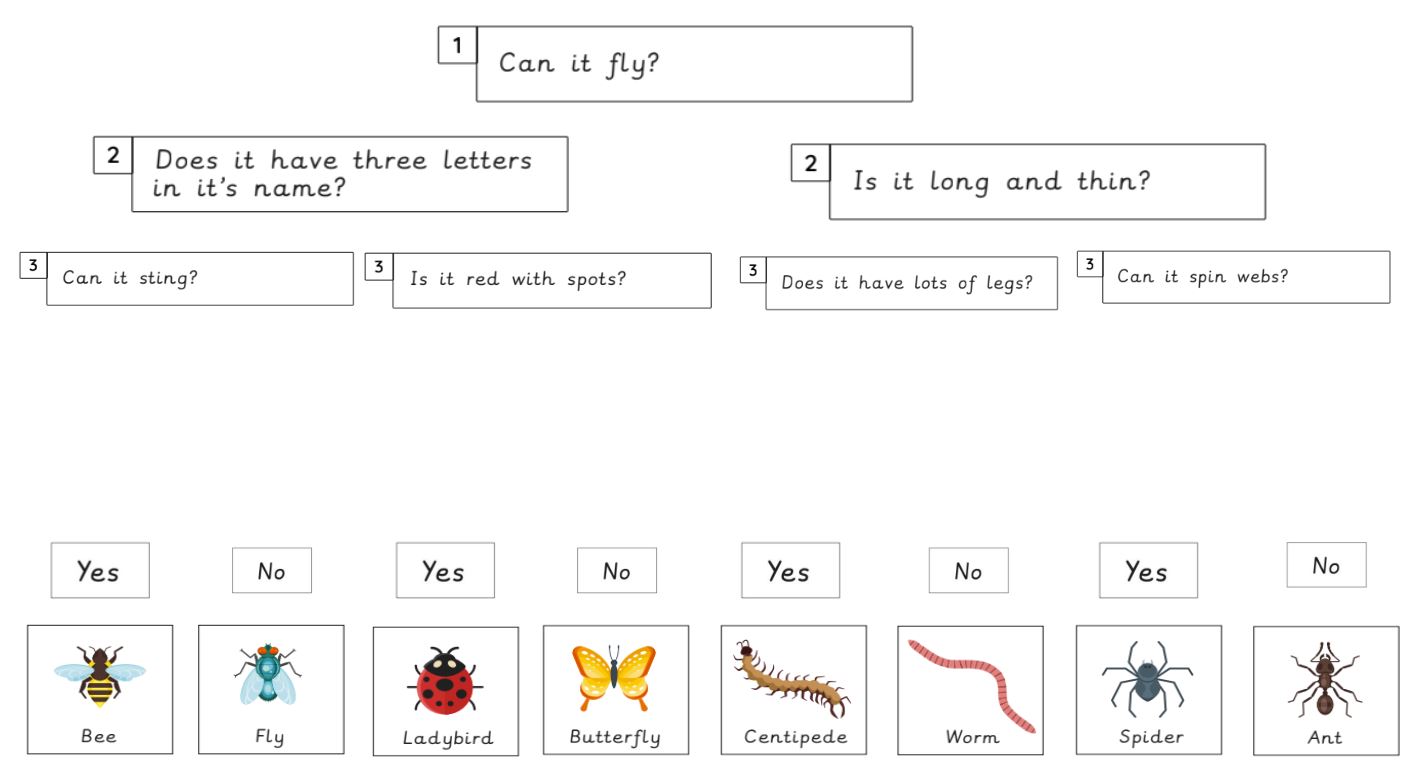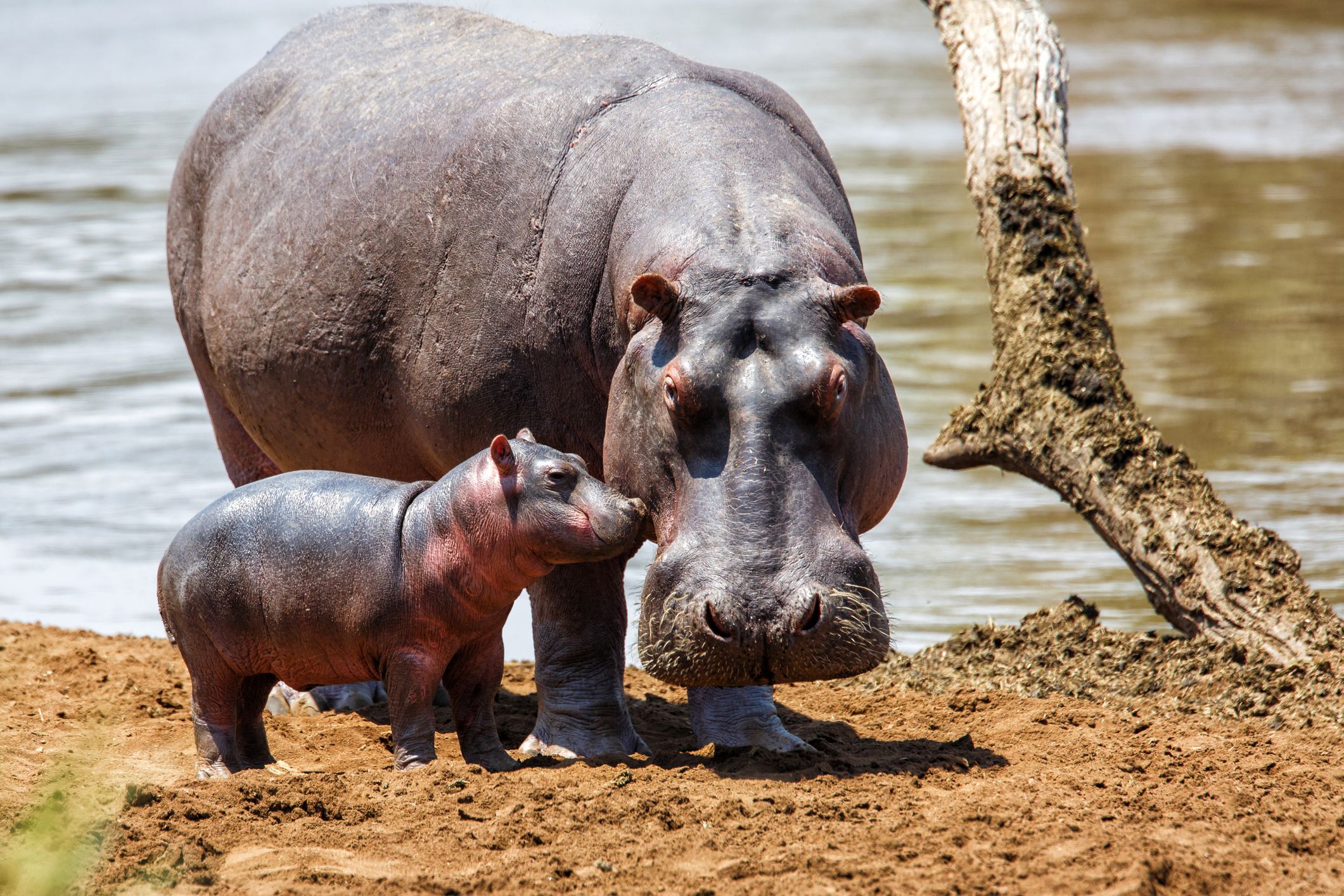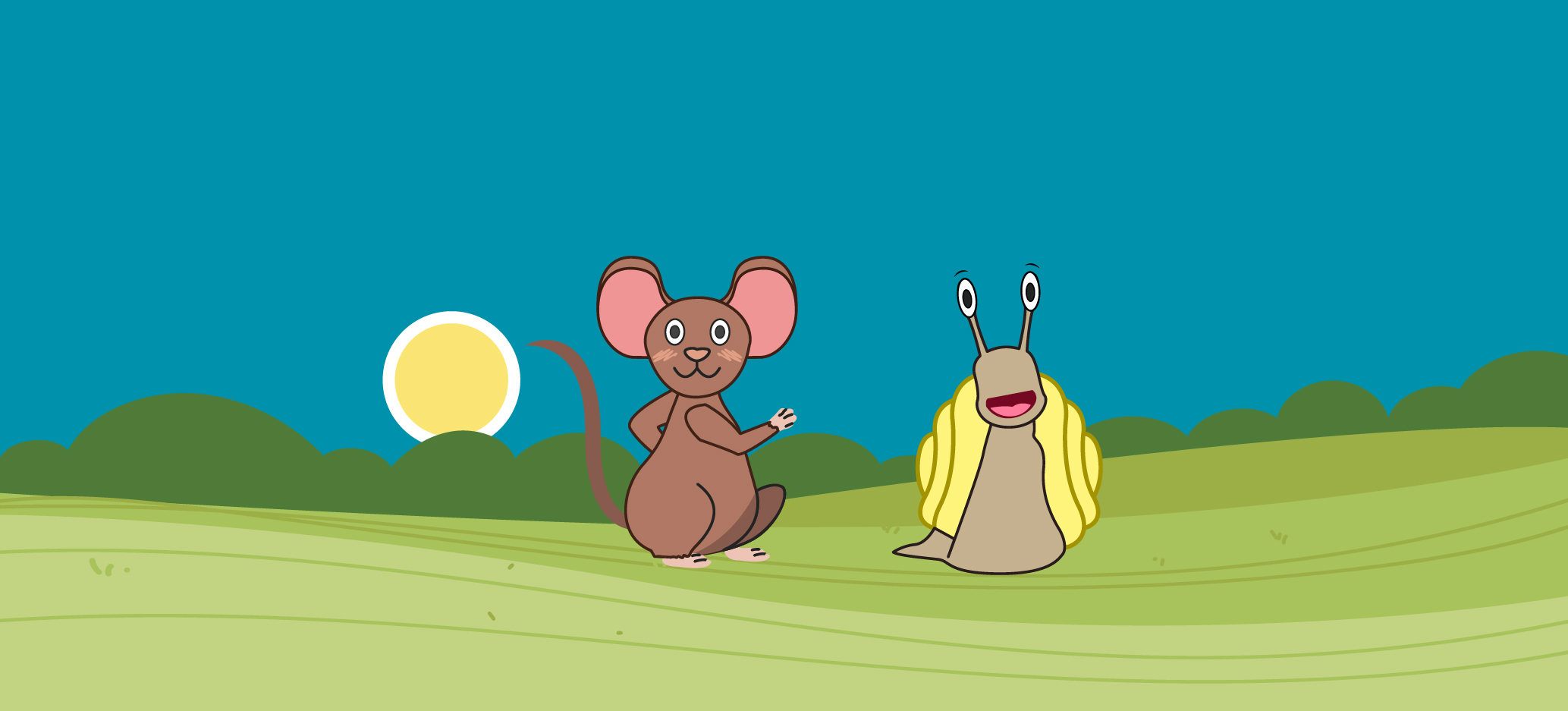Learning objective
- To identify and group animals.
Success criteria
- I can name animals.
- I can identify the features
This content is for subscribers only. Join for access today.
National curriculum
Science
Animals, including humans
This content is for subscribers only. Join for access today.
Cross-curricular links
None.
This content is for subscribers only. Join for access today.
Before the lesson
This content is for subscribers only. Join for access today.
Lesson plan
Recap and recall
Display the image of Amelia and Rusty from Science, Year 1, Sensitive bodies, Lesson 1: Body parts and ask the children to talk to their partners about whether they agree or disagree with Amelia.
This content is for subscribers only. Join for access today.
Extended-mode explainer videos
How to extend your display to view the lesson page and preseantion mode simultaneously. Choose your operating system below to watch the video
If you need further support with extending your display,
please contact [email protected].
Extended-mode explainer video: For Mac
Extended-mode explainer video: For Windows
Adaptive teaching
Pupils needing extra support
Should be given fewer animal groups to sort, such as birds and fish, for task one; should be encouraged to choose a visible feature such as legs/no legs or tail/no tail for task two.
Pupils working at greater depth
Could write facts about animal groups on whiteboards to display with the hoops in task one (e.g. mammals have hair or fur); should be encouraged to create a Venn diagram by overlapping the hoops and using the labels ‘lives on land/lives in water’ to sort animals in task two.
This content is for subscribers only. Join for access today.
Assessing progress and understanding
Pupils with secure understanding indicated by: naming common animals; describing
This content is for subscribers only. Join for access today.
Vocabulary definitions
-
amphibian
An animal that has moist skin, lays eggs and breathes with lungs or gills (e.g. frog).
-
bird
An animal with feathers, wings and a beak that lays eggs (e.g. duck).
This content is for subscribers only. Join for access today.





